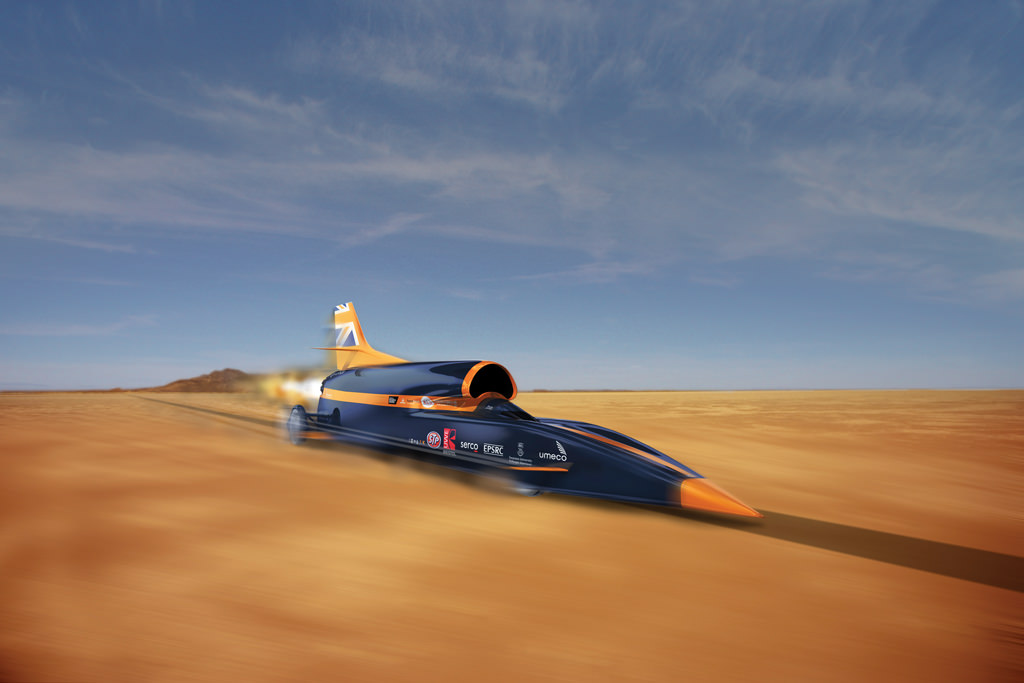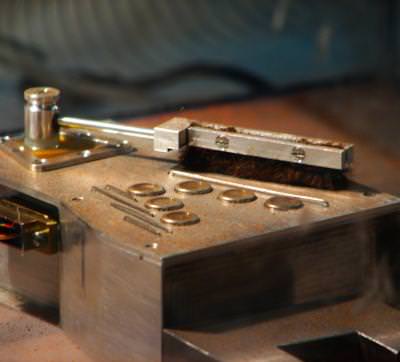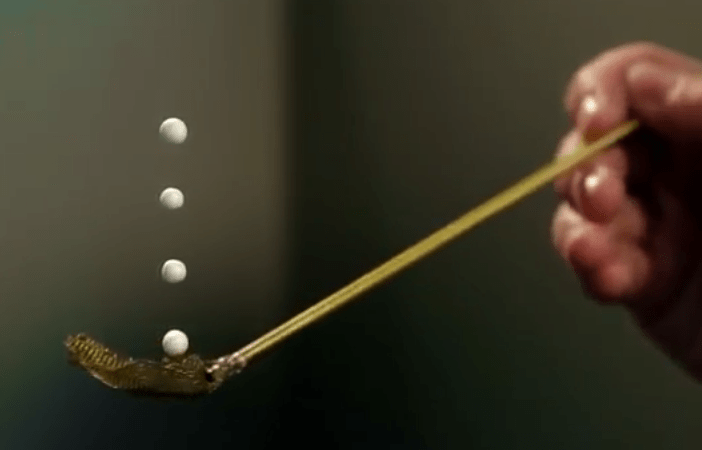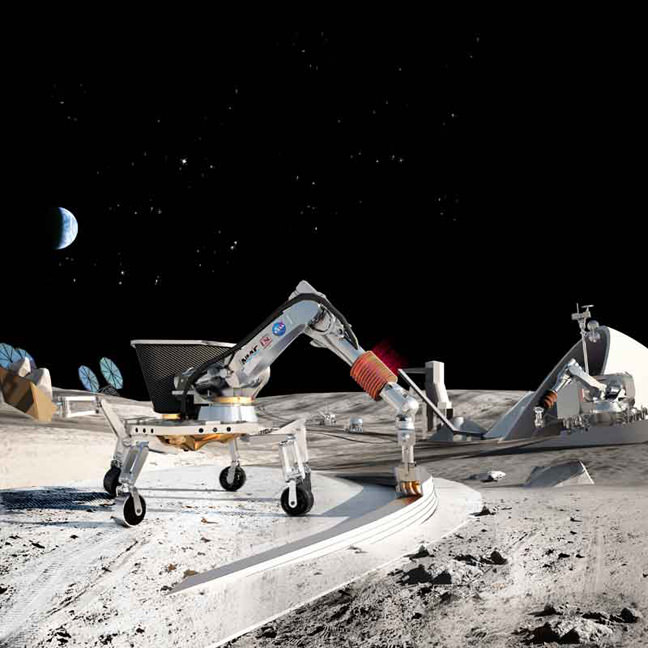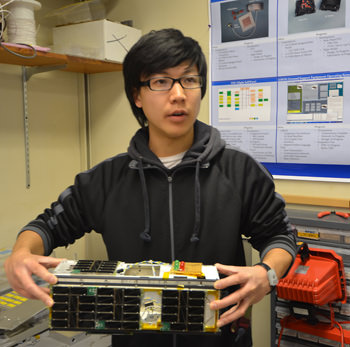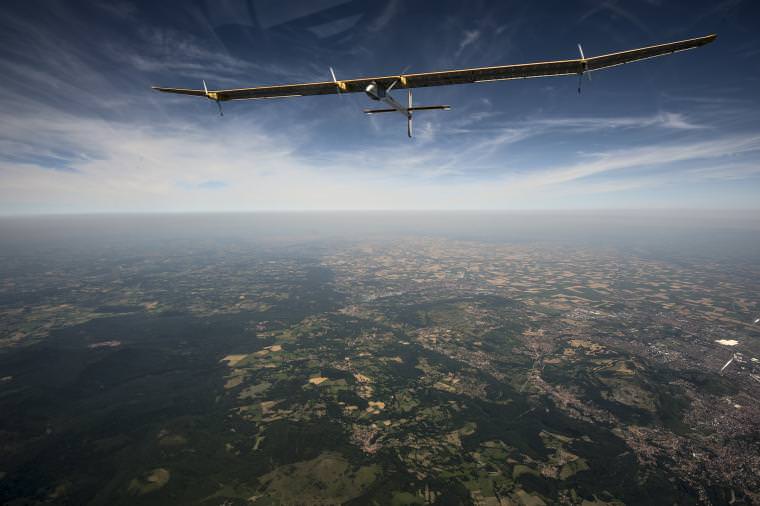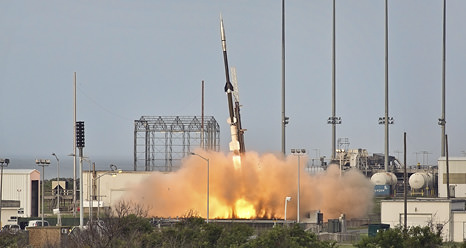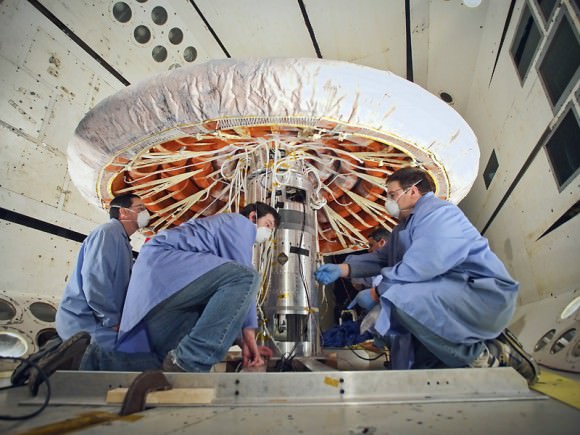Caption: The BloodhoundSSC. Image Credit: Curventa and Siemens.
29 years ago today Richard Noble in Thrust2 broke the land speed record for Britain at 633.468 mph in October 1983. That day saw the start of my love affair with the land speed record. Again in September 1997 Richard Noble’s ThrustSSC, driven by Andy Green, reached 714.144 mph and just a month later on October 15 Green became the first man to exceed the speed of sound at ground level, at 763.035 mph. Now Noble and Green have teamed up again to try to not just break that record but obliterate it.
Their supersonic car named BloodhoundSSC is jet and rocket powered and designed to go at 1,000 mph (just over 1,600 kph.) which is Mach 1.4 and faster than a bullet fired from a Magnum 357. Yesterday the test firing of its hybrid rocket engine at Newquay Airport in Cornwall, produced the loudest sound in the UK, 185 decibels!
Bloodhound’s slender body is approximately 14m long and 3m high, with two front wheels within the body and two rear wheels mounted externally encased in wheel fairings. The front half is a carbon fibre monocoque like a racing car, and the back half is a metallic framework with panels like an aircraft. It weighs, when fully fueled, almost 7 tonnes. But beneath its sleek blue and orange livery there lie engines with the power to produce more than 135,000 horsepower, capable of going from 0 to 1,000 mph in 42 seconds.
A Cosworth CA2010 Formula 1 engine will not drive the wheels, but will provide essential hydraulic services to the car and will also drive the rocket oxidizer pump which will supply 800 litres of High Test Peroxide (HTP) to the rocket’s fuel chamber in just 20 seconds, equivalent to 40 litres (over 9 gallons) every second. Half the thrust of Bloodhound is provided by the jet engine, a EUROJET EJ200, military turbofan used in Eurofighter Typhoons. The hybrid rocket for Bloodhound is the largest of its kind ever made in the UK. It will provide an average thrust of 111 kN (25,000 lbs) for 20 seconds. The peak thrust will be 122kN (27,500 lbs).
The Falcon Hybrid Rocket, designed by 28 year-old self-trained rocketeer Daniel Jubb, is 4 meters (12 feet) in length, 45.7 cm (18 inches) in diameter and weighs 450kg, and is the largest of its kind ever designed in Europe and the biggest to be fired in the UK for 20 years. It combines solid fuel (a synthetic rubber) with a liquid oxidiser (High Test Peroxide, or HTP) reacting with a catalyst (a fine mesh of silver) to produce its power.
The test firing was conducted inside a Hardened Air Shelter (HAS) with engineers, guests and media watching on a big screen from an adjacent building. The rocket burned for 10 seconds, generating 14,000 lbs of thrust, 30 – 40,000 hp. There will be a further 15 firings in Cornwall to prove the engine’s performance and certify its safety for use in a manned machine.
Next year the team hopes to break the world land speed record beyond the current 763mph, held by Green, and then try to reach 1,000mph in 2014. Hakskeen Pan, in the North Western corner of South Africa, has been chosen as the venue for the land speed record attempts currently 300 people are scraping all the debris from an area of desert surface measuring 19,000 by 500 m, that’s 9,500,000 square metres. Then a precision laser-guided grading vehicle, will complete the final cut, aiming for an accuracy of 10 mm across the whole of the area. As Bloodhound will cover 100 m in less than a quarter of a second at peak speed, even a 20 mm change of surface elevation would seem a massive bump.
And the reason behind this daring record attempt? It is to inspire and enthuse the next generation of scientists and engineers. It launched in 2008 to spur children’s interest in Stem subjects (science, technology, engineering and mathematics.) Education is at the heart of everything this project is about. It is basically a private venture that relies on donations.
Find out more about the project, get involved, or donate at the website

